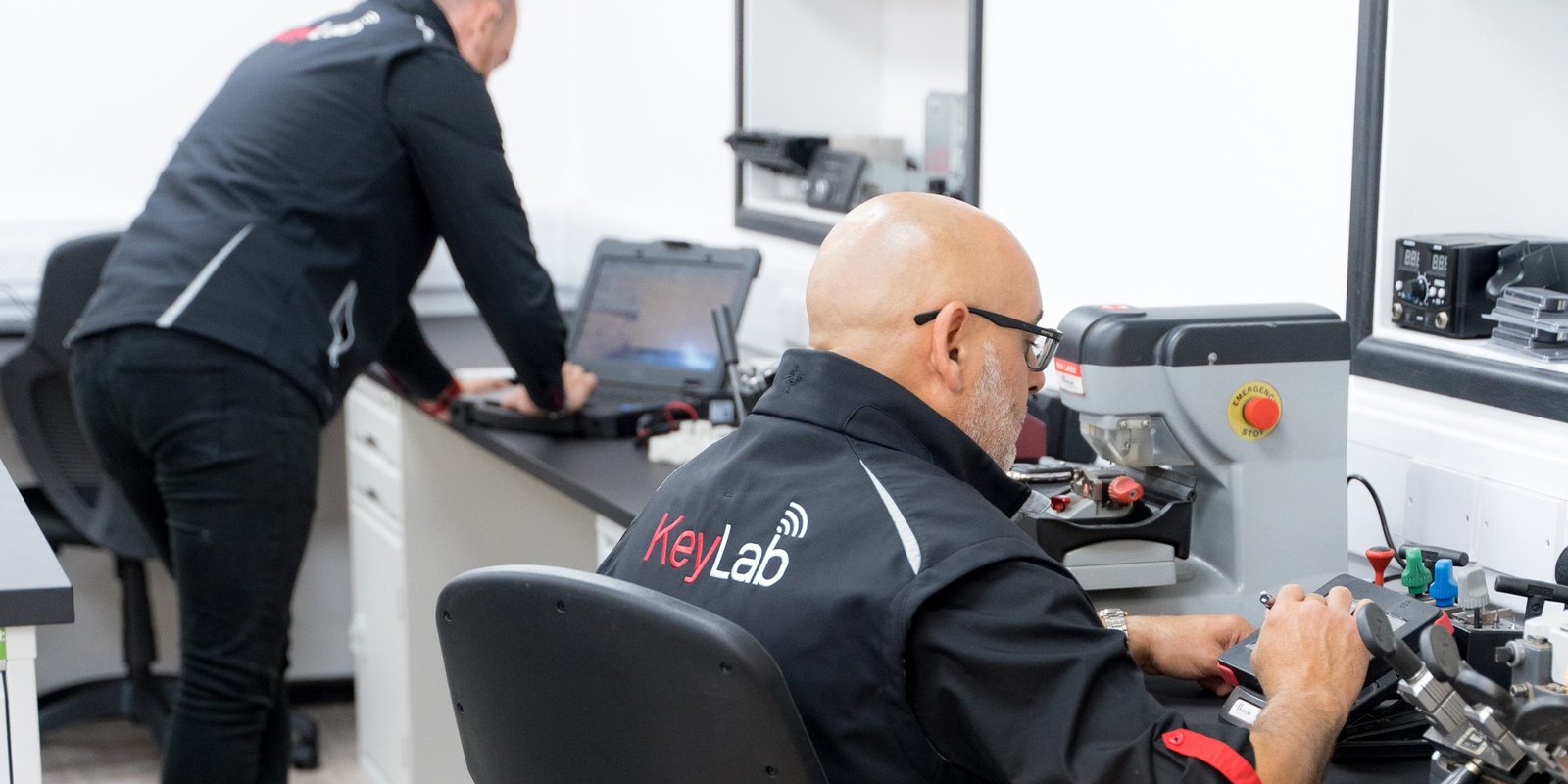9 Things Your Parents Taught You About Key Replacements
Key Replacements: An In-Depth Guide to Understanding and Implementing Effective Substitutions
Intro
In the realm of different industries— from automotive to innovation— the term “key replacements” represents the practice of replacing a failing or insufficient component with a brand-new or enhanced variation. Understanding key replacements is essential for maintaining functional efficiency, boosting efficiency, and guaranteeing safety. Replacement Car Keys into the numerous aspects of key replacements, exploring their significance, implementation methods, and typical queries surrounding the topic.
What Are Key Replacements?
Key replacements refer to the process of replacing a crucial component within a system, device, or equipment that is pivotal to its functionality. These replacements can happen in numerous sectors, including automobile, innovation, and even human resources. By proactively recognizing and replacing crucial parts, organizations and individuals can prevent system failures, maintain effectiveness, and enhance security.
Value of Key Replacements
The significance of key replacements can not be overstated; they serve numerous functions that contribute to the general efficiency of systems. Some of their critical roles consist of:
- Preventing System Failures: Key replacements assist avoid disastrous failures by addressing damaged or malfunctioning parts before they produce considerable issues.
- Enhancing Performance: Upgrading to more recent components can enhance system performance, leading to enhanced output and performance.
- Cost-Efficiency: Effective replacements can minimize repair work expenses, extend the lifespan of the entire system, and eventually save cash.
- Security Assurance: In sectors like automobile and equipment, key replacements ensure that safety standards are maintained, minimizing threats to personnel and users.
- Compliance: In regulated industries, prompt replacements may be a legal requirement to fulfill safety requirements.
Key Replacement Strategies
Implementing key replacements effectively requires a tactical technique that aligns with the functional goals of a company. Below are several methods to consider:
1. Regular Maintenance and Inspections
Performing routine upkeep and examinations can help recognize elements that might require replacement before they stop working. A distinct maintenance schedule should consist of:
- Visual Inspections: Check for noticeable signs of wear or damage.
- Efficiency Monitoring: Track the functioning of key components.
- Usage Analysis: Keep records of how often a part is used, which can forecast wear patterns.
2. Data-Driven Decision Making
Making use of data analytics can assist companies make informed decisions regarding when to replace key parts. Executing systems for information collection can lead to:
- Predictive Maintenance: Identifying potential failures before they happen utilizing historical information.
- Expense Analysis: Evaluating the cost ramifications of repairing versus replacing parts.
3. Cooperation with Suppliers
Developing strong relationships with providers and producers ensures access to quality elements and prompt replacements. Adequate collaboration can result in:
- Favorable Terms: Negotiating much better costs and terms.
- Quality control: Gaining self-confidence in the quality and dependability of replacement parts.
4. Training and Education
Educating and training employees associated with the replacement procedure can considerably enhance performance. Supplying info on best practices and new innovations can assist ensure:
- Maximized Efficiency: Employees understand the ideal approaches for changing elements.
- Minimized Errors: Minimized danger of mistakes throughout the replacement process.
Types of Key Replacements Across Industries
Key replacements vary throughout industries, each with its particular components and practices. Below are some typical types in various sectors:
Automotive Industry
Part
Replacement Reason
Engine Oil
Avoid wear and enhance efficiency
Brake Pads
Guarantee security and responsiveness
Tires
Improve traction and fuel efficiency
Technology Sector
Element
Replacement Reason
Hard disks
Improve data access speed
Batteries
Bring back device portability and functionality
Circuit Boards
Improve gadget reliability and durability
Manufacturing
Component
Replacement Reason
Conveyor Belts
Preserve functional effectiveness and security
Safety Guards
Uphold health and wellness compliance
Bearings
Lower friction and assist in smooth operation
FAQs About Key Replacements
1. What is the most vital factor for changing key components?
The most vital factor for replacing key components is to ensure system dependability and security, preventing failures that might cause pricey downtimes or unsafe scenarios.
2. How frequently should I consider key replacements?
Key replacements should be thought about based upon the specific component's wear pattern, performance metrics, and upkeep schedule. Regular assessments ought to determine the proper periods for replacements.
3. What should I do if I am unsure about an element's condition?
If unsure about a part's condition, it is suggested to carry out a thorough inspection, review efficiency information, and seek advice from experts or producers for specialist assistance.
4. Is it much better to repair or replace a key element?
The choice to fix or replace a key component depends on cost-effectiveness, dependability, and long-term advantages. Frequently, replacement might be more practical when considering life-span and performance metrics.
5. Where can I discover reliable replacement parts?
Reliable replacement parts can generally be found through licensed dealers, trustworthy providers, or directly from makers. Always validate please click for source and examine evaluations before acquiring.
Key replacements are an important component in preserving functional effectiveness and security across different markets. By understanding the significance of these replacements, carrying out strategic approaches, and addressing typical questions, companies can guarantee that their systems remain robust and trustworthy. Future improvements in technology and information analytics will even more boost the depth and accuracy of key replacements, continuing to drive improvements in efficacy and safety. Engaging proactively with this concept can considerably lower threats and raise overall efficiency in any operational context.
